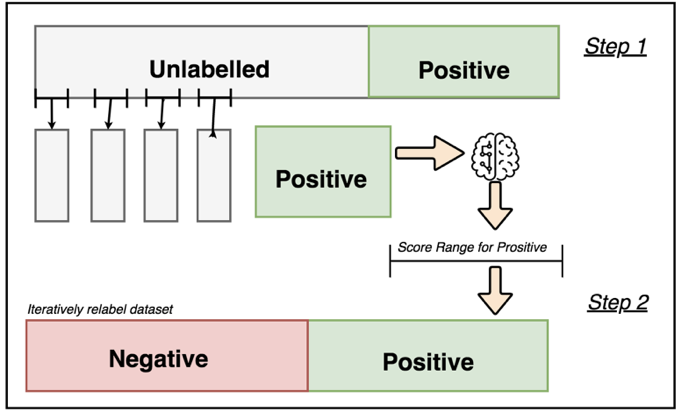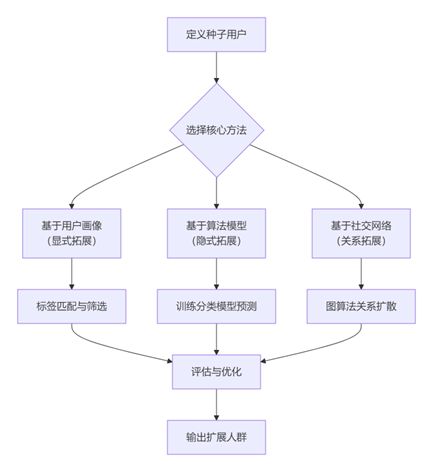文章内容如有错误或排版问题,请提交反馈,非常感谢!
Python中的True和False的定义,在不同版本的Python中是这样定义的:
- Python2:None, 0, 和空字符串都被算作False,其他的均为True
- Python3:None,0,空字符串,空列表,空字典都算是False,所有其他值都是True

但在实际使用中,上述的定义和实际表现不一致。比如如下测试:
以下为在Python3 环境下的测试:
>>> bool(0)
False
>>> bool("")
False
>>> bool([])
False
>>> bool({})
False
>>> bool(None)
False
如果使用==测试,则结果为:
>>> 0 == False
True
>>> "" == False
False
>>> [] == False
False
>>> {} == False
False
>>> None == False
False
>>> 0 == True
False
>>> "" == True
False
>>> [] == True
False
>>> {} == True
False
>>> None == True
False
产生测试结果不一致的主要原因是Python在进行逻辑判断时,Python当中等于False的值并不只有False一个,它也有一套规则。官方说明为:
In the context of Boolean operations, and also when expressions are used by control flow statements, the following values are interpreted as false: False, None, numeric zero of all types, and empty strings and containers (including strings, tuples, lists, dictionaries, sets and frozensets). All other values are interpreted as true. User-defined objects can customize their truth value by providing a __bool__() method.
大致逻辑为:
- 布尔型,False表示False,其他为True
- 整数和浮点数,0表示False,其他为True
- 字符串和类字符串类型(包括bytes和unicode),空字符串表示False,
- 其他为True序列类型(包括tuple,list,dict,set等),空表示False,非空表示True
- None永远表示False
自定义类型则服从下面的规则:
- 如果定义了__nonzero__()方法,会调用这个方法,并按照返回值判断这个对象等价于True还是False
- 如果没有定义__nonzero__方法但定义了__len__方法,会调用__len__方法,当返回0时为False,否则为True(这样就跟内置类型为空时对应False相同了)
- 如果都没有定义,所有的对象都是True,只有None对应False
正是基于以上规则,PEP8文档中才有类似的建议:
For sequences, (strings, lists, tuples), use the fact that empty sequences are false. Yes: if not seq: if seq: No: if len(seq): if not len(seq):
参考链接:



